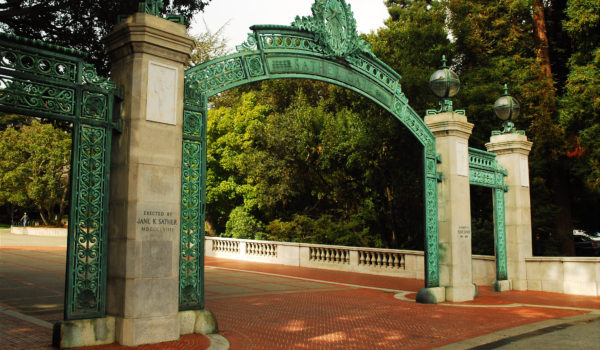The California Supreme Court is set to decide whether UC Berkeley’s plans to construct student housing in People’s Park—considered a cultural and historic landmark—violates the California Environmental Quality Act (CEQA). This California law requires state and local agencies to identify and mitigate environmental impacts of proposed projects. For certain projects, it also mandates preparation of an Environmental Impact Report (EIR), which includes an analysis of potential environmental effects and alternatives.
First District Court’s Holding
In its 2023 decision in Make UC a Good Neighbor (Good Neighbor) v. Regents of University of California (UC Berkeley), the First District Court of Appeal reversed the trial court’s dismissal of a neighborhood group’s writ petition challenging UC Berkeley’s 2021 Long Range Development Plan (LRDP) through the 2036-2037 academic year and the university’s immediate plans to build student housing at People’s Park. In the late 1960s, activists and community members who transformed a former empty lot into a hub of political activity and protest created People’s Park, and it has remained a hotly contested site through the years.
The First District Court held that UC Berkeley’s EIR failed to meet CEQA’s requirement in two regards. First, UC Berkeley should have considered “alternative” locations for student housing at sites other than People’s Park. Second, UC Berkeley’s EIR failed to analyze potential noise impacts from student parties. The appeals court rejected the balance of Good Neighbor’s CEQA challenges.
The EIR’s Insufficient Analysis of Project Alternatives
UC Berkeley’s LRDP is a long-range development plan providing general guidance for the campus’s land development and physical infrastructure to include student housing providing 11,731 new beds by the 2036-37 horizon year. The university prepared a programmatic EIR for its LRDP, which included the development of People’s Park as student housing.
The First District Court, however, held that the site-specific decision to demolish People’s Park distinguishes it from the LRDP plan, representing a separate project under CEQA and requiring UC Berkeley’s EIR to discuss alternatives to the plan of using People’s Park for student housing. The court noted that “CEQA requires that an EIR consider and analyze a reasonable range of potentially feasible alternatives to the project, or its location, that would attain most of the basic objectives but reduce its environmental impacts.” (Guidelines, section 15126.6, subs. (A).)
Here, the appeals court held that UC Berkeley’s EIR did not analyze alternative sites to People’s Park, even though the LRDP identified other “university-owned properties as potential student housing sites,” and that the university did not justify its decision not to analyze alternative sites.
University’s EIR Failed to Consider the Impact of Noise from Student Parties
The First District Court’s decision states that UC Berkeley “conceded [at oral argument] that noise from student parties is a problem in Berkeley’s residential neighborhoods near the campus” to include the City of Berkeley’s adoption of an ordinance declaring noise from student parties to be a public nuisance. But its concession did not result in the EIR’s analysis of whether an increased student population would create a significant noise impact on the environment. The university refused to analyze the noise issue because it deemed it “speculative to assume that an addition of students would generate substantial late night noise impacts simply because they are students.”
Provided the EIR did not analyze student party noise as an environmental impact, the court relied on the fair argument standard, which asks whether there is a fair argument, based on substantial evidence in the record, that there may be significant noise impacts from student parties. The fair argument standard is a low threshold, resulting in a finding affirming the need for environmental review. Here, the court concluded, “Given the long track record of loud student parties that violate the city’s noise ordinances (the threshold for significance), there is a reasonable possibility that adding thousands more students to these same residential neighborhoods would make the problem worse.”
Next Stop: California Supreme Court
The California Supreme Court has two significant CEQA issues on review. First, it must determine whether the CEQA requires a lead agency to engage in an analysis of locations for a site-specific project that is part of a programmatic EIR. If the California Supreme Court deems UC Berkeley’s LRDP’s housing program to have identified and analyzed several sites, some for immediate need and others for longer-term needs, does the university have to re-analyze the longer-term project as CEQA “alternatives” when it develops a project of immediate need? Second, does the fair argument standard countenance an argument that future students living in People’s Park will generate excessive party noise because that’s what students do? This is a case that will be closely watched—not only because of its connection to People’s Park, but also because of its potential impact on future development projects in California.
Takeaways
For more in-depth analysis of the First District Court of Appeal’s decision and its implications, check out episode 7 of the Essential Environment Podcast, “Let’s Talk About the California Environmental Quality Act,” hosted by Thierry Montoya, with special guest Tina Willis, Esq. You can also reach out directly to the author of this article or any member of Frost Brown Todd’s Environmental practice group.

